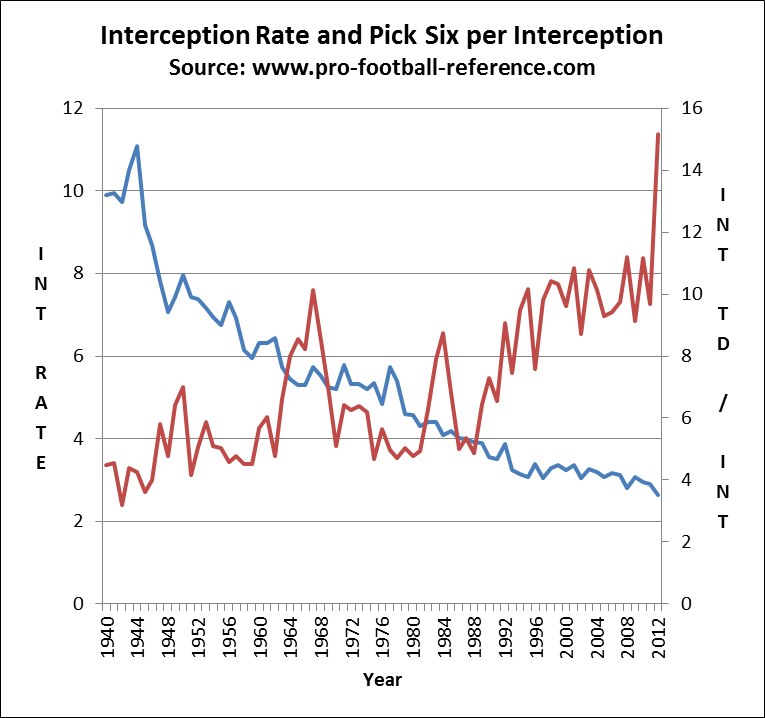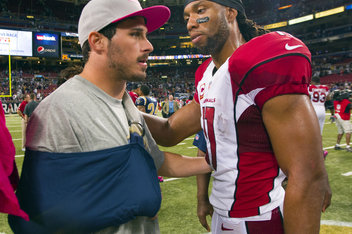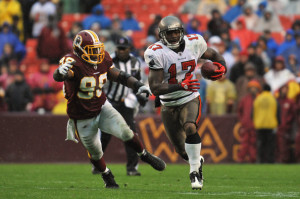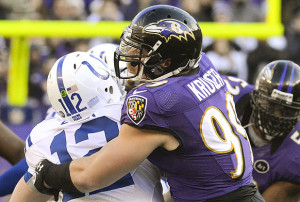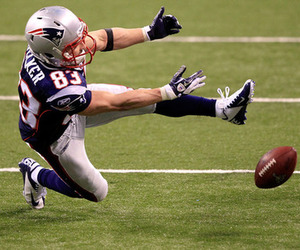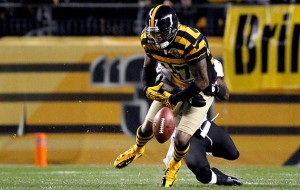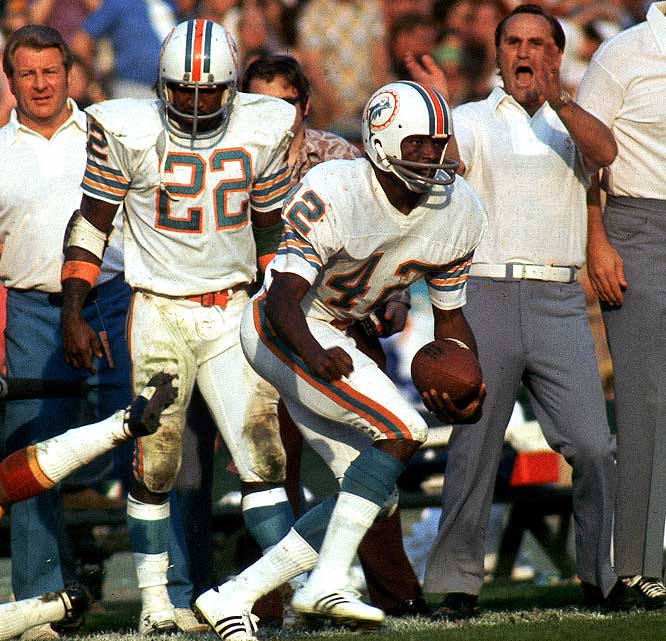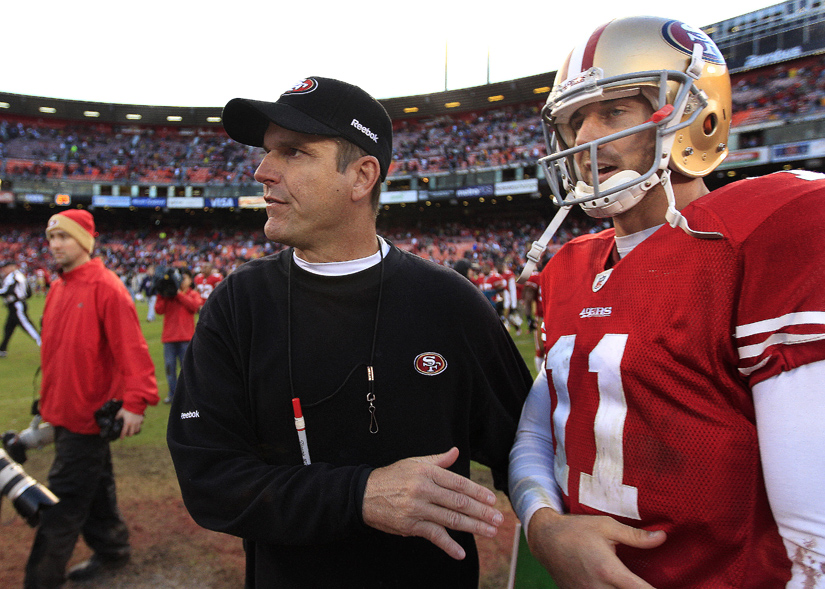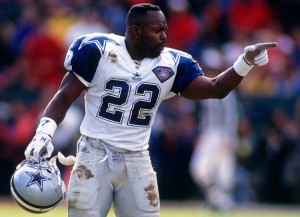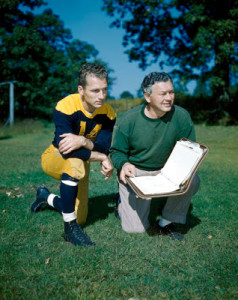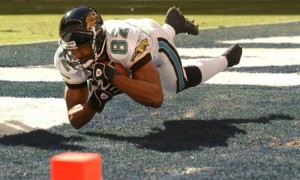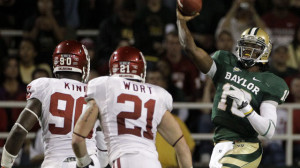[Special thanks goes out to my Footballguys.com co-writer Maurile Tremblay for his help in co-authoring this piece with me. Any points with which you may disagree are almost certainly due to my error, and not Maurile’s.]
The new NFL collective bargaining agreement that ended the 2011 lockout instituted some pretty big changes to the salary cap. When it comes to roster management, here are three ways the post-2011 NFL differs from how things were under the old CBA:
- Rookies are now super cheap relative to their production, especially high first-round players (relative to their old cost)
- Rookie contracts can not be renegotiated until three years after the player is drafted.
- Over a four-year period, each team must spend 89% of the cap dollars available to them, and the league must spend 99% of the cap dollars available to the 32 teams.
Under the old system, contrary to popular belief, most (if not all) rookies were underpaid relative to their free market value. Then in 2011, the owners and NFLPA decided to rob the rookies to pay veterans even more money under the new CBA. Russell Wilson has three years remaining on his contract and will have an average cap figure of just $817,000 over those three years. Andrew Luck and Robert Griffin III will only cost their teams about 6 million cap dollars each per year from 2013 to 2015. The salary cap in the NFL in 2013 is $123M, making Luck and Griffin fantastic values, and Wilson perhaps the most valuable player in the league.
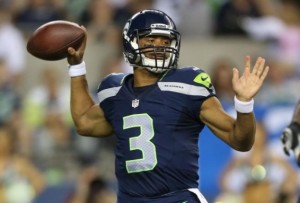
Wilson's paid in direct proportion to his height.
What makes this especially juicy from the perspective of their general managers is that all three players are locked into their deals until 2015. Luck and Griffin actually are struck through 2016, as teams get club-options for a fifth year for the top picks. In Wilson’s case, after the 2014 season, he’ll be facing a contract that would pay him less than a million dollars in 2015 and then a possible franchise tag in 2016, meaning a maximum payout of probably 20 million dollars over two years (the tag in 2012 for quarterbacks was just under $15 million). That puts Wilson in a pretty poor position to bargain for a market deal: he’s going to sacrifice money in exchange for security. This means Seattle will get him for absurdly below-market rates in 2012, 2013, and 2014, and then will still have him on a very generous contract for the next few years after that.
In the case of Luck or Griffin, the Colts and Redskins essentially get a chance to use the tag twice; teams can turn the four-year rookie deals into a five-year deal by paying top-ten picks the average salary of the ten highest-paid players at their position; then the next year the franchise tag would be the average of the top five quarterbacks or a 20% increase on the salary from the previous year. So when they are up for renegotiation after year three, they’re looking at the team “forcing” them to stay for three years at roughly $42 million, with year one bringing just over three million. Luck and Griffin will have a little more bargaining power than Wilson, but not much. There’s no chance either player is going to play for $3 million in 2015 (remember, their cap hit will be a bit higher, but their base salaries will be around $3M in that season), so both will likely give up their freedom (which would be three years away, potentially) for security.
[continue reading…]

